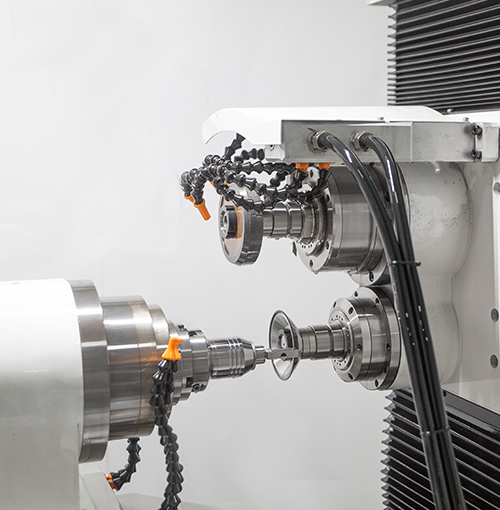Industry knowledge
What is a face milling cutter, and what are its applications?What are the different types of face milling cutters?How is a face milling cutter set up and adjusted?
A face milling cutter is a cutting tool used in milling machines to remove material from the face of a workpiece. It consists of multiple cutting edges on the periphery and face, which rotate around an axis to cut material in a circular motion. Face milling cutters are used for a wide range of applications, including creating flat surfaces, squaring the edges of a workpiece, and creating slots or pockets.
There are several types of face milling cutters, including indexable insert cutters, solid carbide cutters, and HSS (High-Speed Steel) cutters. Indexable insert cutters consist of a cutter body with replaceable inserts, which allow for easy and cost-effective maintenance. Solid carbide cutters are made of a single piece of carbide and are highly durable and wear-resistant. HSS cutters are made of high-speed steel and are suitable for a wide range of materials, including steel, aluminum, and cast iron.
To set up a face milling cutter, the cutter body is mounted in the milling machine's spindle and secured with a drawbar. The cutting inserts are then installed into the cutter body, either using screws or clamps. The cutting inserts can be adjusted to achieve the desired cutting geometry by adjusting their position within the cutter body. The cutting parameters, such as the feed rate and cutting speed, can be adjusted to optimize performance for the specific material being cut.
What are the advantages of using a face milling cutter?What factors should be considered when selecting a face milling cutter?What are the different types of cutting inserts used in face milling cutters?
The use of a face milling cutter offers several advantages, including reduced machining time, improved surface finish, and increased tool life. Face milling cutters are designed to remove material quickly and efficiently, reducing machining time and increasing productivity. They also produce a consistent surface finish across the entire workpiece, improving the overall quality of the machined part. The use of high-quality cutting inserts can also increase tool life and reduce downtime for tool changes.
Several factors should be considered when selecting a face milling cutter, including the material being machined, the desired surface finish, the machine's spindle speed and horsepower, and the size of the workpiece. The cutting tool material and geometry should also be considered, as they will affect the tool's performance and durability.
There are several types of cutting inserts used in face milling cutters, including carbide, ceramic, and CBN (cubic boron nitride). Carbide inserts are the most commonly used and are suitable for a wide range of materials, including steel, aluminum, and cast iron. Ceramic inserts are more wear-resistant than carbide and are suitable for high-speed machining of hardened materials. CBN inserts are highly wear-resistant and are suitable for machining hardened steels and cast iron.
How can the performance of a face milling cutter be optimized?
To optimize the performance of a face milling cutter, the cutting inserts should be selected based on the specific material being machined and the desired surface finish. The cutting parameters, such as the feed rate and cutting speed, should be adjusted to optimize performance for the specific material being cut. The use of advanced coatings, such as TiAlN and TiCN, can also improve wear resistance and extend tool life.
